Joint Capsule Problems (specifically with accumulation of fluid around the ankle)
General information
Ankle synovitis is also known as an inflammation of the synovial fluid in the ankle. This inflammation brings swelling, stiffness and pain. The synovial membrane is located on the inside of the joint capsule. This membrane ensures that the joint remains lubricated with synovia, which is a joint fluid. Synovia reduces friction between bones, making it easier for the joint to move. In the event a trauma occurs in the ankle (think of a fracturing), the swelling will accumulate in the joint. This swelling can put the synovial membrane under pressure. If the fluid accumulates during a long walk, for example, it can irritate the synovia, resulting in inflammation. This is called ankle synovitis.
Causes
Fluid accumulation in and around the ankle can be caused by the following factors:
- Previous trauma of the joint (fracture)
- Rough, uneven surface
- Poor biomechanics
- Instability
- Wrong shoes
- Immobility
- A history of multiple injuries
- Incorrect foot stance
- Overuse
Symptoms
Every time you injure your ankle, fluid will accumulate in your joint. This disappears as soon as the natural recovery process is started. If the swelling persists, ankle synovitis occurs. People who suffer from this disorder experience complaints on the front, back and/or side of the ankle. Usually, it is a result of an injury that doesn't completely recover. The symptoms are usually more severe in the morning, while resting or after a (sportive) activity. Symptoms can be triggered by walking or running on uneven surfaces. The ankle can also be painful when you touch it.
Treatment
Most people who suffer from ankle synovitis can be treated well with physiotherapy. Or via injections with steroids. The injury can also be cured through icing, dry-needling, exercise-based therapy, sports massage, adjustment of activities and medical taping. Medical tests have also proven that wearing a brace can also help significantly for this disorder.
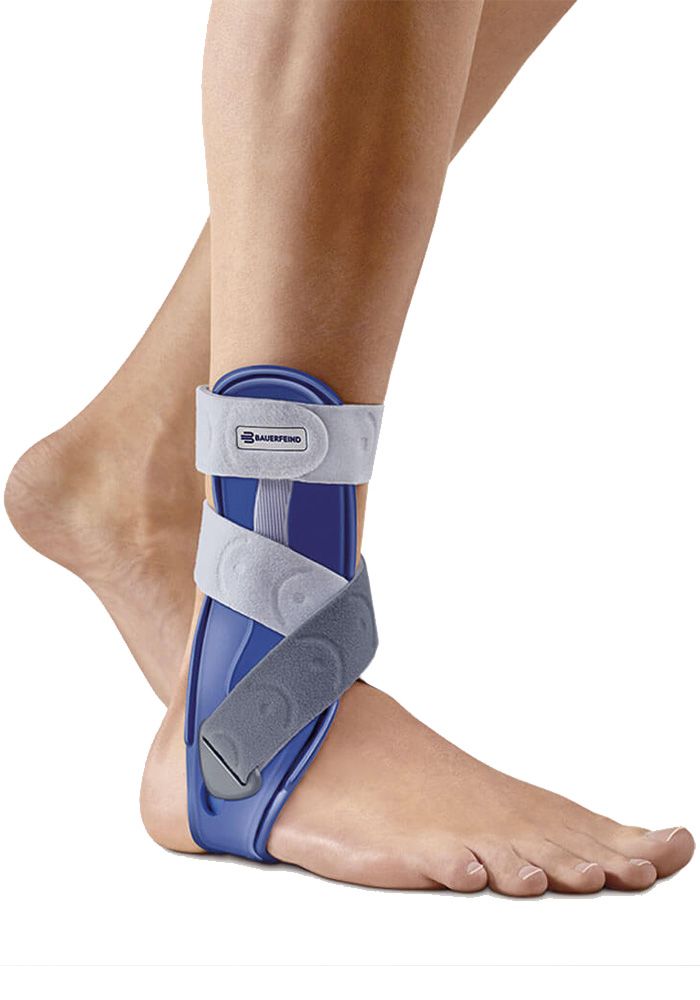
Bauerfeind MalleoLoc Ankle Support
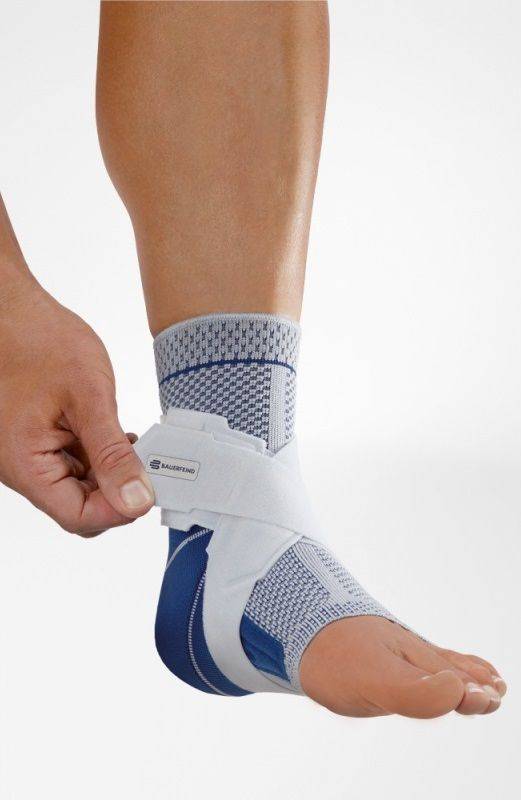
Bauerfeind MalleoTrain S Ankle Bandage
Protection level 2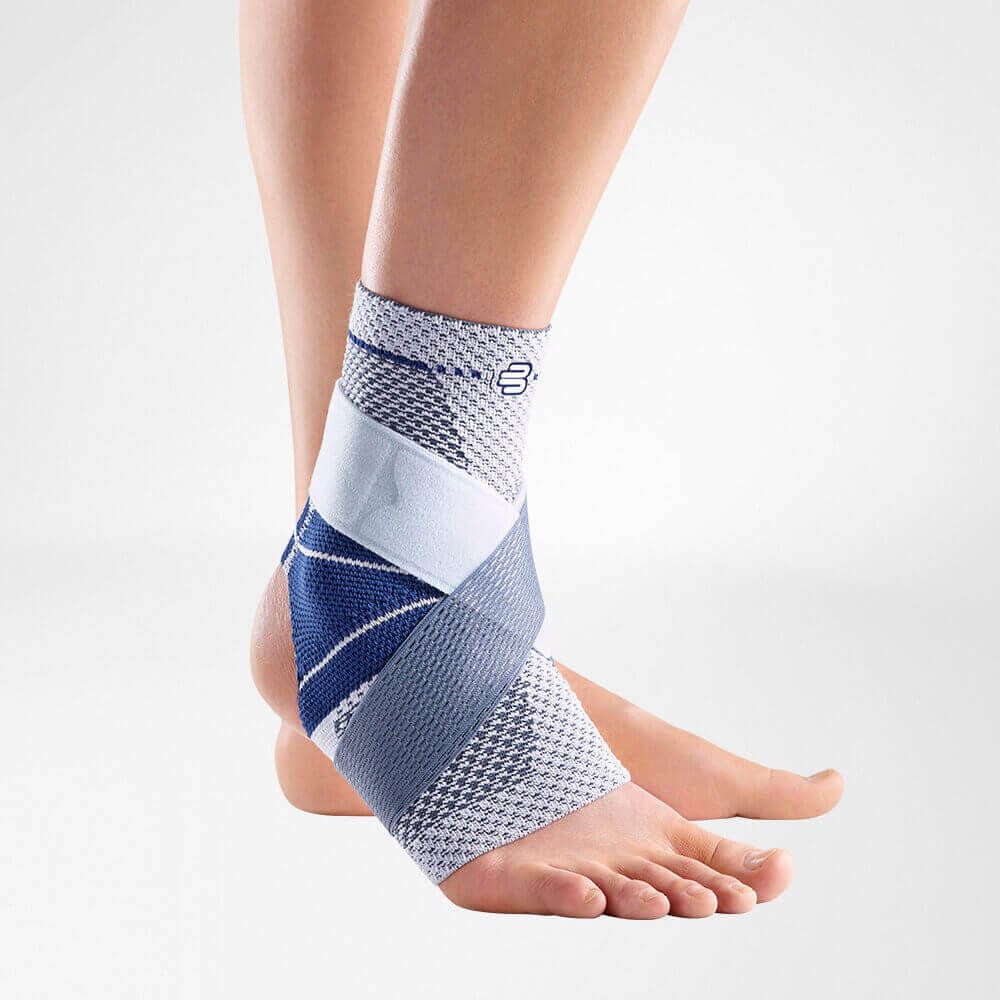
Bauerfeind MalleoTrain S Ankle Support - Open Heel
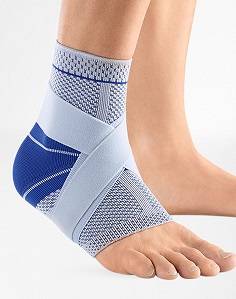
Bauerfeind MalleoTrain S Ankle Support

Bauerfeind MalleoTrain Ankle Support
Protection level 2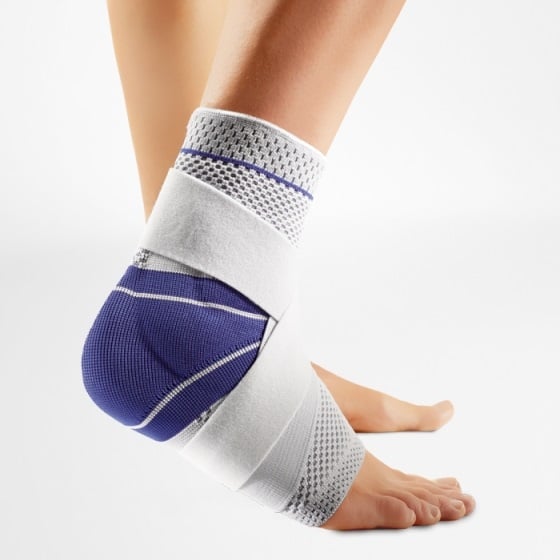
Bauerfeind MalleoTrain Plus Ankle Support
Protection level 2
Bauerfeind AirLoc Ankle Support
Protection level 3
Gladiator Sports Lightweight Ankle Support with Straps

Morsa ThermoCY Lightweight Ankle Football Support
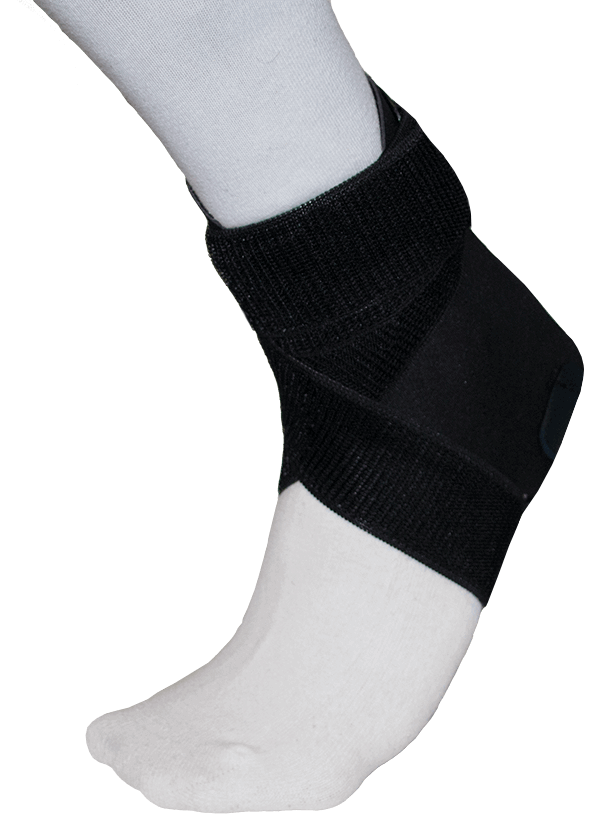
Gladiator Sports Lightweight Ankle Support Max
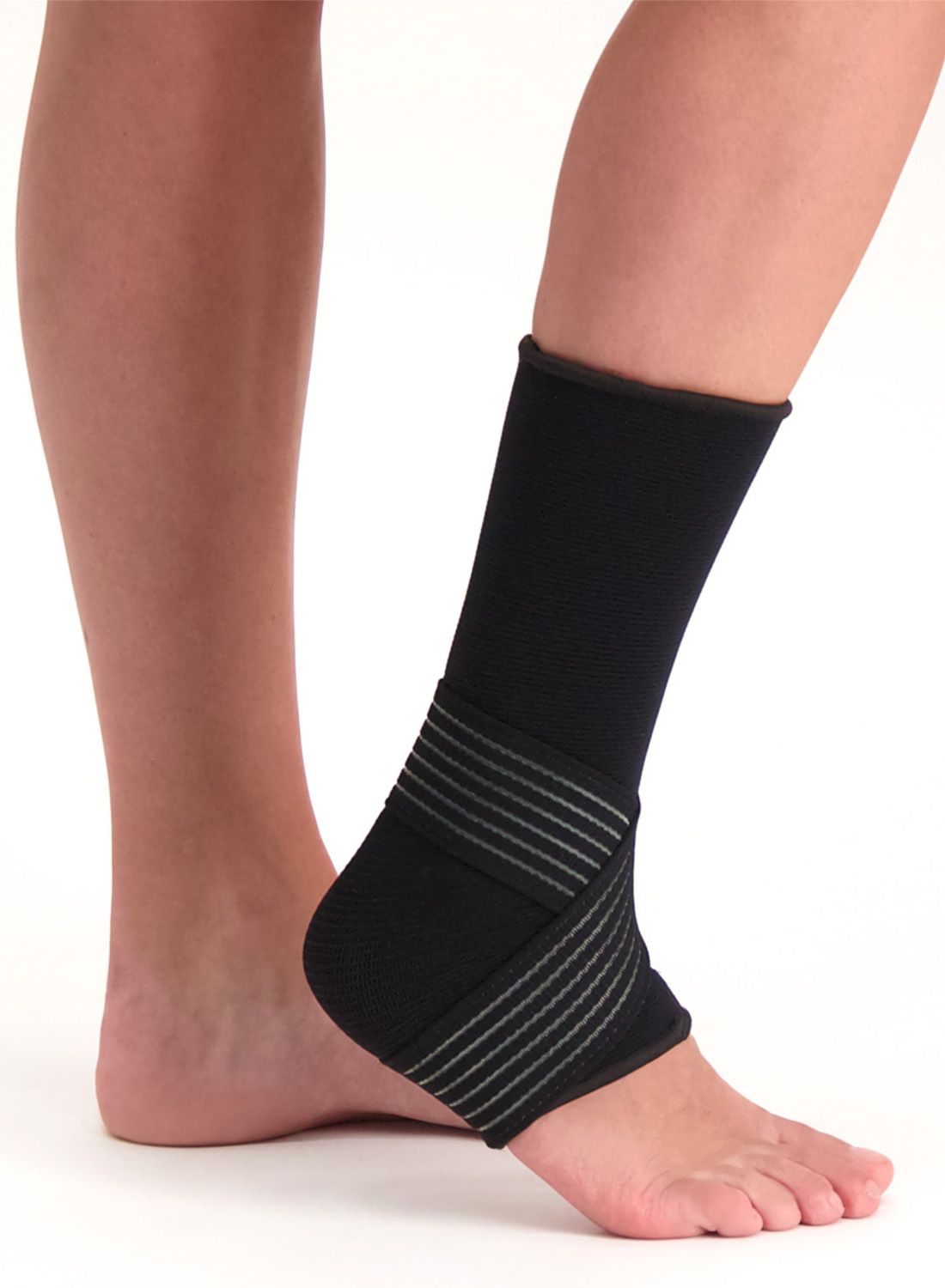
Dunimed Premium Ankle Support (Black & Beige)

- Physiotherapist
- Sports podiatrist
- Manual therapist
- Podopostural therapist
- Myofascial dry needling specialist

